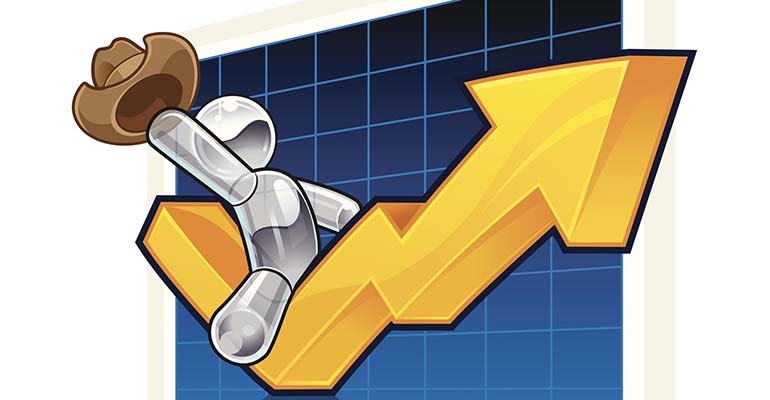April 23, 2021

Sunday was such a nice day here. It was 60 degrees with sun and no wind. I checked the forecast that afternoon to see what the rest of the week was supposed to be like, and it was calling for more of the same, just a bit cooler. You can imagine my surprise when Monday morning as I was feeding cattle the local radio station announced we were in a winter weather advisory.
We’ve all had this happen. Forecast predicts certain weather and then the next day it’s all different and our plans are out the window. It doesn’t just happen with the weather it happens with markets too.
Think back to 2003 and the cow that stole Christmas (the cow that tested positive for BSE or mad cow). All our export markets closed. After some trade negotiations we were told Japan was going to reopen to US beef and were given a target date. We were also given figures of how much we could expect cattle prices to go up as a result. Cattle producers plowed into feeder cattle that would be finished by that date. Only Japan didn’t reopen on that date, and those feeders lost a bunch of money. This repeated itself a few times.
When we make marketing plans based on forecasts, we are gambling, it’s called betting on the come. Maybe if we called these market analysts or experts what they really are, which is paid guessers, people wouldn’t place so much confidence in them.
Separating prediction from reality
Every year in December and early January we hear market predictions for the coming year. The first quarter doesn’t quite go like they thought it would because something unforeseen happened or didn’t happen in some cases. So the forecast gets revised a little. Only a little because they are still holding on to the guess they made earlier. By midsummer it changes some more. The guess is starting to converge with reality.
When Ann Barnhardt was teaching marketing schools, she would go into this little ditty about a time space continuum, and physics. Which simply put was: we remember the past, we live in the present, and the future is unknown.
Because we live in the present, we have to make choices based on present conditions because that is really the only reliable information we have. I am a fan of making plans for the future, but as we all know plans change because conditions and circumstances change. We must realize a plan for the future really is only one thing, a starting point.
The only thing we should really plan to do when it comes to marketing is make a profit. Trying to sell cattle based off target dates or target weights will usually end in disappointment because the future is unknown. We can however bring our plan of making a profit to manifestation by utilizing present market conditions.
I’m sure last week some people didn’t like that I said that the trendy things folks like to talk about don’t matter. What does matter is the bid. The bid is the perfect distillation of all the market information there is today. With the bid we know what every weight of cattle is worth, and this sets the price relationships. By being able to interpret these relationships and being able to utilize them we can make a profit. Or we can do damage control. If all the cattle in inventory are under-valued we know not to sell any.
A look at the markets
This week cattle markets were lower. Some people would not think this is a good thing. Because of marketing incompetence a lot of folks need the market to go up to bail them out. These are the folks who bet on the come.
The last two weeks I have been excited about fat to feeder trades. The market moved upward, and the relationships finally saw a long overdue change. This week the market dropped, and the relationships changed again. Remember when the market moves not all weights of cattle see the same price shift, this is what changes the relationships. The past couple weeks it was easy to find some trades that would make $50-$75 per head profit. This week it was easy to find trades that made over $200. And the backgrounder/stocker operations could still easily execute some $50 per head profit trades.
This week the value of gain mostly tried to follow the same trend of being highest on fly weights and getting smaller as the cattle get heavier. With the change in market direction there were some hiccups in VOG. What I mean by that is that a particular weight didn’t drop in price as much as the weight below it and this inflated the VOG. With these changes this week the market signaled that it really isn’t paying to put weight on cattle that weigh over 500 to 600 pounds (the cost of gain is higher than the VOG). I wouldn’t get too concerned about that because we know it will change.
I noticed this week the runs were lighter which is typical this time of year. Next week there are plenty of those back to grass special female sales.
Feeder bulls were 15 back and fleshy cattle were 5-15 back. Replacement quality heifers caught a 3 dollar premium.
About the Author(s)
You May Also Like






